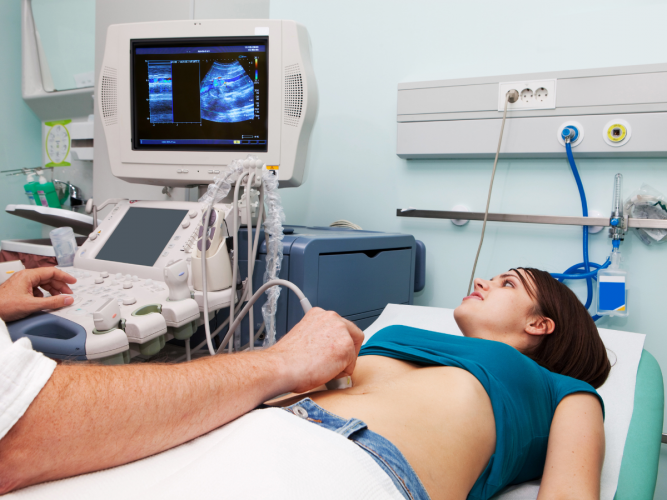
Common Liver Diseases Diagnosed through Elastography: A Comprehensive List
The liver is a vital organ in our body responsible for performing numerous essential functions. However, it is susceptible to various diseases that can hinder its proper functioning. One valuable diagnostic technique used to identify these liver diseases is elastography. In this article, we will explore the most common liver diseases diagnosed through elastography, providing you with a comprehensive list for a better understanding.
Understanding Elastography
Elastography is a non-invasive imaging modality that measures the stiffness or elasticity of tissues, including the liver. It uses ultrasound or magnetic resonance imaging (MRI) technology to analyze the liver’s elasticity and assess its health. By analyzing the liver’s stiffness, elastography helps identify liver diseases and evaluates their severity.
Common Liver Diseases Diagnosed through Elastography
Non-Alcoholic Fatty Liver Disease (NAFLD):
- Elastography plays a crucial role in diagnosing NAFLD, a condition characterized by excessive fat accumulation in the liver.
- Through elastography, doctors can measure the liver’s stiffness and identify fibrosis, a common complication of NAFLD.
Hepatitis (B and C):
- Chronic viral hepatitis B and C infections often result in liver fibrosis and cirrhosis.
- Elastography helps determine the severity of fibrosis, guiding physicians in managing the infection and monitoring the progress.
Alcoholic Liver Disease:
- Prolonged alcohol abuse can lead to liver inflammation and fibrosis.
- Elastography aids in identifying the degree of fibrosis caused by alcoholic liver disease.
Autoimmune Hepatitis:
- Elastography assists in diagnosing autoimmune hepatitis, an autoimmune disorder that affects the liver.
- By measuring liver stiffness, elastography helps differentiate autoimmune hepatitis from other liver diseases.
Hepatic Steatosis:
- Hepatic steatosis, also known as fatty liver, is a condition characterized by the accumulation of fat in the liver cells.
- Elastography helps assess the severity of steatosis and identify any associated liver fibrosis.
Primary Biliary Cholangitis (PBC):
- PBC is a chronic autoimmune disease that damages the bile ducts in the liver.
- Elastography aids in evaluating the liver stiffness and fibrosis caused by PBC, contributing to effective management.
Hemochromatosis:
- Hemochromatosis is an inherited disorder resulting in excessive iron accumulation in the liver.
- Elastography assists in monitoring liver fibrosis caused by hemochromatosis and determining treatment strategies.
Wilson’s Disease:
- Wilson’s disease is a rare genetic disorder that leads to copper buildup in the liver and other organs.
- Elastography helps evaluate liver stiffness due to fibrosis caused by Wilson’s disease.
Conclusion
Elastography has revolutionized the diagnosis and evaluation of various liver diseases. By assessing the liver’s stiffness and elasticity, this imaging technique helps physicians identify liver fibrosis and diagnose common liver conditions such as non-alcoholic fatty liver disease, hepatitis, alcoholic liver disease, autoimmune hepatitis, hepatic steatosis, primary biliary cholangitis, hemochromatosis, and Wilson’s disease. If you suspect any liver-related issues, consult a healthcare professional who can recommend appropriate diagnostic tests, including elastography.
We encourage you to share your thoughts and experiences in the comment box below. Don’t forget to spread awareness by sharing this article with your friends and loved ones.